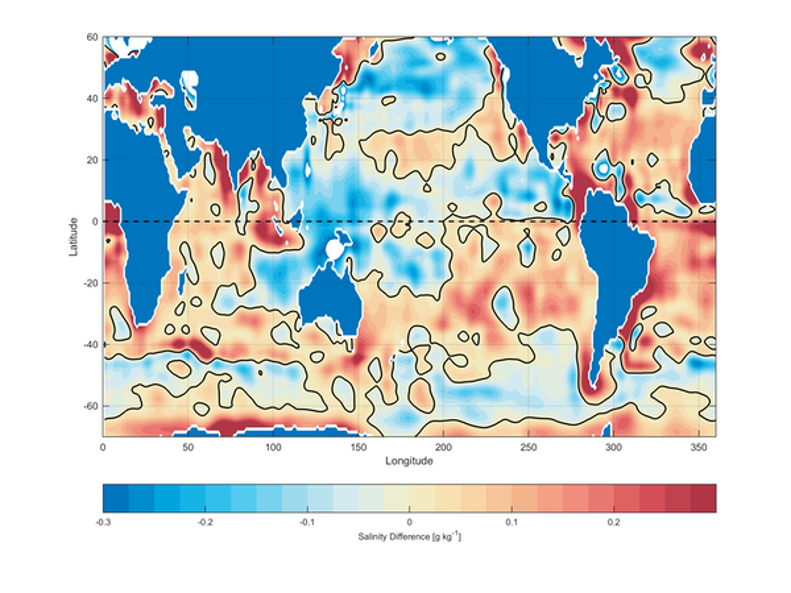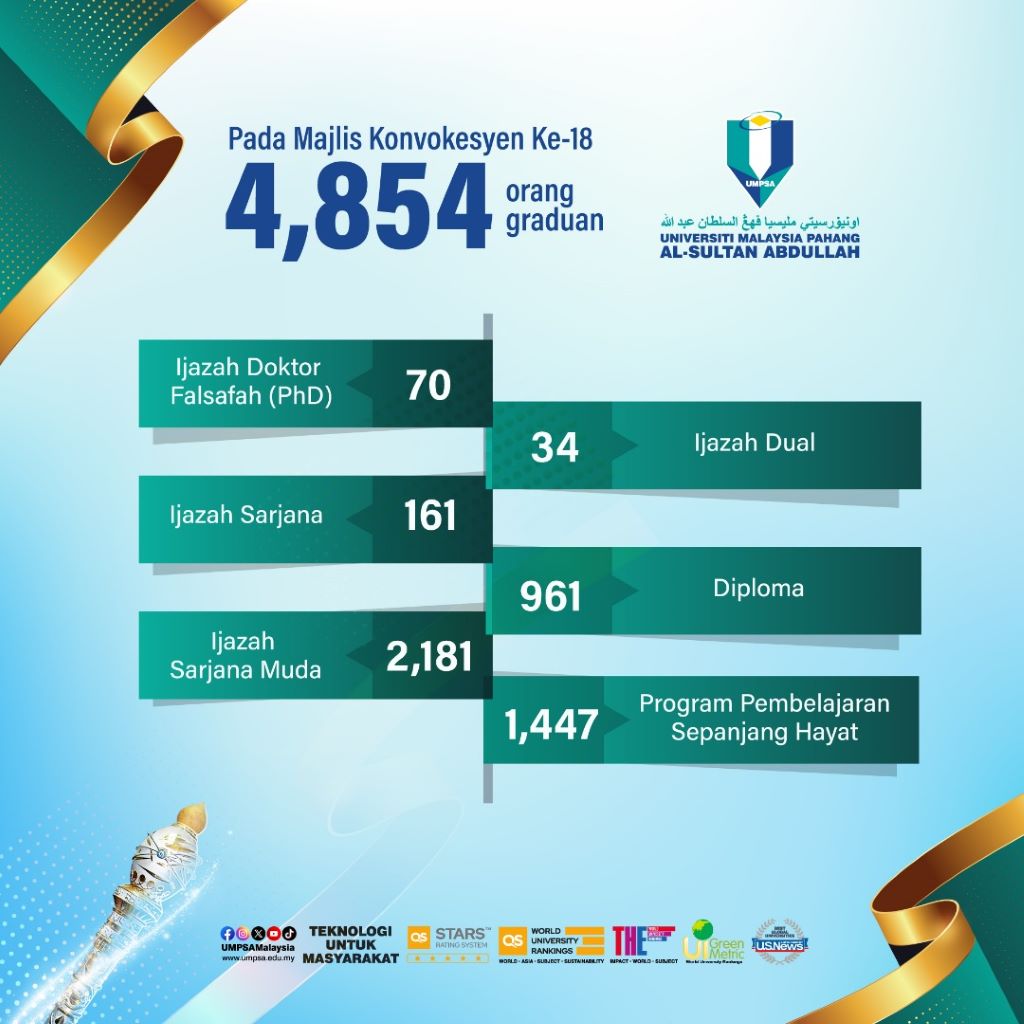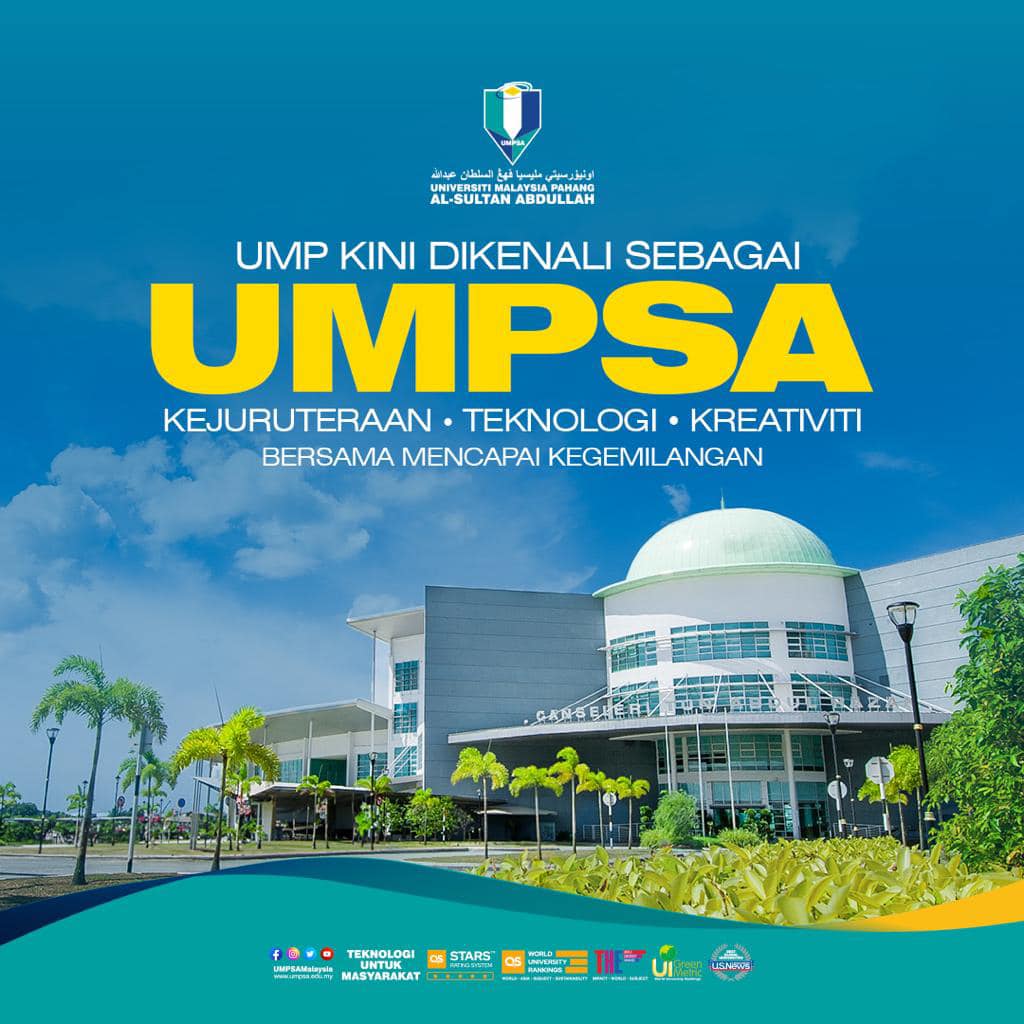Salinity of our oceans can help us predict the effects of climate change?
Floods have lately wreaked havoc across Europe, while the Chinese city of Zhengzhou received the equivalent of a year’s worth of rain in just three days. In contrast, high temperatures and droughts in northwest America and Turkey have sparked wildfires and killed hundreds of people. How about Malaysia during the monsoon season, especially in the east coast region?
Extremely wet or dry weather is anticipated to become increasingly common as global warming accelerates because the amount of moisture that the atmosphere can contain will rise as the earth warms. As a general principle, the quantity of moisture the atmosphere can store increases by as much as 7% for every 1 °C increase in temperature.
Rainfall extremes are increased when there is more moisture. Inversely, it means that dry regions may lose more water to the atmosphere through evaporation, lengthening, and intensifying droughts.
Knowing how rainfall has changed in the past can aid scientists in forecasting future changes, and the longer the record, the more valuable it becomes. Nevertheless, considering that we have just lately been able to make reliable global observations thanks to satellite technology, how can we judge how global rainfall patterns have altered over decades, if not centuries?
The salinity of the ocean at its surface is being used in a new technique to predict how seasonal precipitation over land will fluctuate. The typical surface salinity of the ocean is around 35 grams of salt per kilogram of seawater. In comparison, the Dead Sea has a salinity of 34.2%, making it one of the world’s saltiest bodies of water. However, the saltiest areas are those in the subtropics, where much water evaporates, whereas the polar regions and tropics are less salty, reflecting how much snow and rain they get. In essence, scientists have devised a method of using the ocean as a massive rain gauge.
Scientists have proven that since the 1950s, the salty regions of the ocean have become saltier, while the fresh areas have become fresher, using data from research ships and buoys. This observation demonstrates that the worldwide evaporation and precipitation cycle has accelerated over the last 70 years.
However, knowing what ocean salinities were like early in the industrial age, when scientific observations of the world ocean were available, might assist in understanding how climate change will speed this process.
Fortunately, two pioneering round-the-world oceanographic trips took place in the 1870s. Under Sir John Murray’s command, HMS Challenger’s voyage (1872-6) is primarily considered the beginning of large-scale marine science. Its numerous reports include new findings in marine biology, geology, ocean chemistry, and physics.
The German Navy’s SMS Gazelle (1874-6), which took similar measurements to the Challenger, is less widely known. Both ships did not measure saltiness, which was a poorly defined notion back then, but they carefully monitored the specific gravity of saltwater samples.
Scientists have transformed these gravity data to salinity, allowing them to compare ocean salinity variations before and after the 1950s. Between the 1870s and 1950s, researchers found that the trend of salty portions of the ocean becoming saltier and fresh areas becoming fresher held.
However, during those 80 years, during the early industrial era, the rate of change was half of what it was between the 1950s and today. In plain terms, the trend is accelerating, paralleling the rising sea surface temperature rate during the last 150 years. Moreover, from 1850 to 1900, the water cycle has strengthened, increasing the frequency and intensity of floods, droughts, and wildfires.
Complex ocean and atmosphere models performed on the most powerful computers are used to unravel the complex interaction between ocean surface salinity, rainfall, sea, and air temperatures. With the ongoing release of greenhouse gases, we can be confident that global temperatures will continue to climb. Our faith in scientific projections of future floods and droughts can also be bolstered if the same models mimic variations in ocean salinity that have been measured as far back as the 19th century, as well as the more recent changes.
As recent extreme weather events have demonstrated, this is not just a matter of academic interest; it will affect the lives of millions of people.

Credit: Nature Communications in Earth and Environment, CC BY Salinity changes in the ocean since the 1950s.
The writer is a Senior Lecturer at the Faculty of Chemical and Process Engineering Technology, Universiti Malaysia Pahang (UMP)
E-mail: azizulh@ump.edu.my










